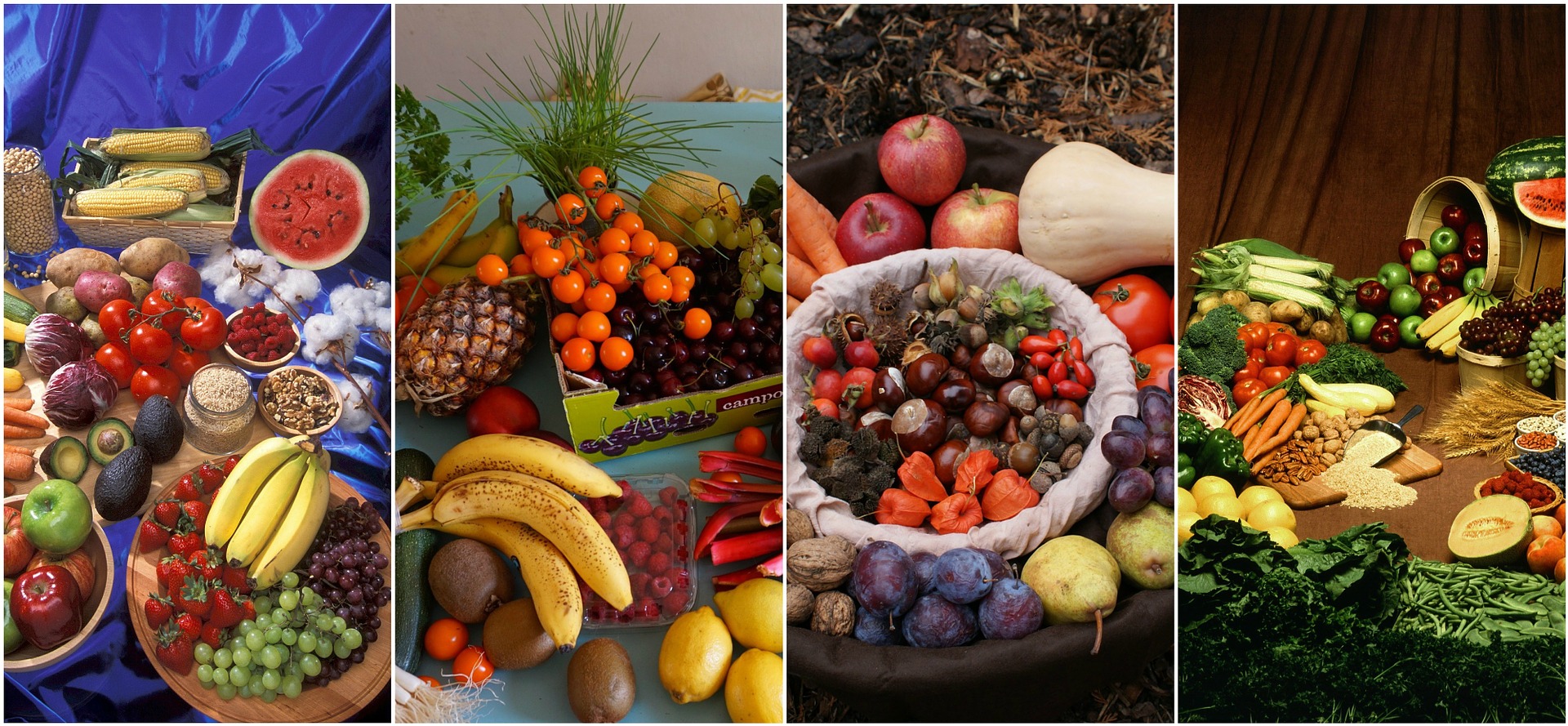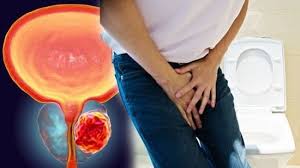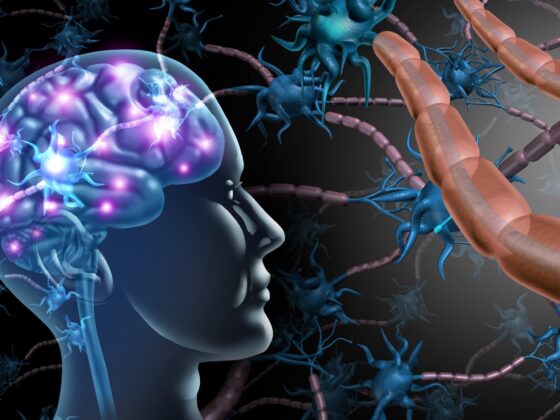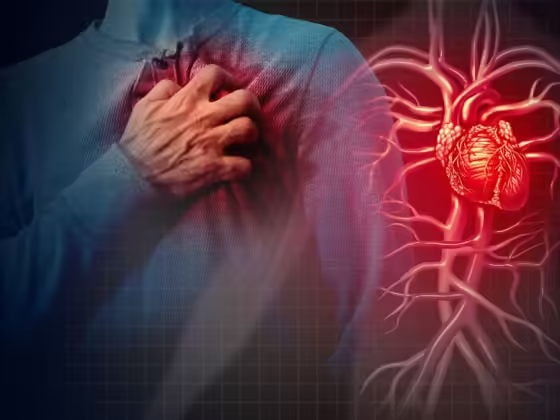 Dietitian Sharan Sodhi, Head Consultant Dietitian of Diet & Nutrition Department of Reach Out at Sir Ganga Ram Hospital,Rajinder Nagar, New Delhi
Dietitian Sharan Sodhi, Head Consultant Dietitian of Diet & Nutrition Department of Reach Out at Sir Ganga Ram Hospital,Rajinder Nagar, New Delhi
Remembering simple ground rules for eating which would help in controlling blood lipid levels.
- Eat variety of food e.g. whole cereal, vegetable, fruits and nuts etc.
- Restrict total fat intake to 15-20% of the total energy.
- Minimize saturated fat intake up to 1% like desi ghee.
- Avoid hydrogenated fats present in fried foods like samosa, prantha, cake, pastries, pizza etc.
- Restrict cholesterol rich foods like organ meats, egg yolk, processed cheese, butter, whole milk, cream etc.
- Ensure adequate fiber intake in the form of leafy vegetables, whole grains, oats, multigrain bread, whole wheat bread, oatmeal, brown rice etc.
- Restrict simple sugar and refined carbohydrates e.g. maida, white rice, pasta, noodles.
Heart Friendly Nuts
Almonds
Almonds are usually malleable in texture and buttery in taste.
Nutritional facts:
- Riboflavin
- Vitamin E
- Calcium
- Magnesium
- Potassium
- Flavonoid (antioxidant)
- Copper
Portion size- 4-5 in no./day
Benefits
- Combating degenerative diseases
- Diabetes
- Heart diseases
- Helps to lower cholesterol
- Prevents gall stones
- Prevents cancer
- Acts as anti- inflammatory agent
- Helps in treatment of Parkinson’s disease
- Act as brain boosting element
- Provide satiety
Walnuts
It is a dry fruit of nut family, and commercially available.
Nutritional facts:
- Rich in protein
- Fiber
- Vitamin B
- Antioxidants
- ALA(Alpha linolenic acid)
- Magnesium
- Phosphorus
- Copper
Portion size- 3 pieces in no./day
Benefits
- Reduces risk of heart disease.
- Reduces LDL cholesterol
- Reduce the chance of Alzheimer’s disease
- Helpful in weight loss
- Anti-inflammatory role
- Acts as antioxidants
Pistachio
They are popular dry fruits, symbol of wellness and reboot health.
Nutritional facts:
- Rich in MUFA like oleic acid
- Phytochemicals
- Vitamin E
- B-complexes
- Copper
- Magnesium
- Calcium
- Iron
Portion size- 3-5 pieces in no./day
Benefits
- Lower the LDL and increases HDL
- Prevent cancer
- Reduce the risk of infections
- Maintains integrity of mucus membranes and skin
- Protect the skin from dryness
- Act as antioxidant
Flax Seeds
Generally known as ALSI and has a similar vitamin and mineral profile to grain.
Nutritional facts:
- High in vitamin B
- Magnesium, manganese
- Rich in omega 3
- high in fiber both soluble and insoluble and phytochemicals
Portion size-2tsp./day
Benefits
- Helpful in stabilizing blood sugar
- Lowering cholesterol
- Promotes functioning of intestine
- Prevents breast cancer
- Fight against type 2 diabetes
- Fight against constipation and inflammation.
Heart Friendly Herbs
Tulsi (basil)
Tulsi although also known as Holy Basil, and is known as bestow an amazing number of health benefits:-
Nutritional facts:-
- Calcium
- Iron
- Manganese
- Potassium
- Magnesium
- Rich in vitamin k
- Vitamin A
- Vitamin C
Portion size- 5-10 leaves/day
Benefits
- Leaves are a nerve tonic and also sharpens memory
- Strengthen the stomach and induce copious perspiration
- Prevent from dengue and malaria
- It relives cold, cough and flu
- Helps to reduce chances of kidney stones
- Beneficial in cardiac disease
- Reduces blood cholesterol
Honey
It is traditionally been used as natural cure and alternative Medicine.
Nutritional facts:-
- Rich in natural sugar
- Minerals
- Vitamin b6
- Thiamine
- Niacin
- Riboflavin
- Pantothenic acid
- Amino acids
Portion size- 2 tsp/day
Benefits
- Promotes digestion
- Soothes intestinal tract
- As a mild laxative
- Antiseptic
- Anticancer
- Gentle on blood sugar
- Healing effects
- Metabolise undesirable cholesterol
Stevia
Stevia also known as sweat leaf and a natural substance for sugar.
Nutritional facts:-
- Zero calories
- No fat
- Protein
- Calcium
- Phosphorus
- Potassium
- Vitamin B3
- Selenium
Portion size-1.8mg/kg bw
Benefits
Acts as a:-
- Antibacterial
- Antiseptic
- Antimicrobial
- Strengthen the immune system
- Stimulate mental activities
- Reducing blood sugar levels
- Useful for hair loss and dandruff, helpful in withdrawal from tobacco and alcohol.
Cinanamon
It is a low-carb super food with active compounds.
Nutritional facts:-
- Calcium
- Iron
- Fiber
- Manganese
- Vitamin C
- Vitamin K
Portion size- 1/2 tsp/day
Benefits
- Regulates blood sugar levels
- Improves insulin sensitivity
- Helps in weight control
- Decreasing the risk of heart disease
- Lowers the LDL cholesterol
- Reduces the risk of colon cancer
Ginger
It is used as a spice as well as herb
Nutritional facts:
- Rich in potassium
- Iron
- Calcium
- Magnesium
- Phosphorus
- Sodium
- Vitamin E
- Vitamin A
- Vitamin C
- Folate
Portion size- 10-15gm/day
Benefits
- Has anticancer properties
- Helpful in arthritis
- Used in migraines
- Helps to prevent nausea and sickness
- Relieves gas and bloating
- Helps to lower cholesterol
- Blocks the pro-inflammatory prostaglandins
Garlic
Garlic contains powerful natural antibacterial, antiviral, and anti fungal agent
Nutritional facts:-
- Calcium
- Vitamin c
- Potassium
- Pantothenic acid
- Vitamin B
- Manganese
- Selenium
- Antioxidants
Portion size-1-2 cloves
Benefits
- Fresh or cooked garlic decreases blood pressure and cardiovascular pressure
- It inhibits the fungi that cause
- Athlete’s foot
- Ear infection
- Vaginal cysts infection
- It lowers the risk of colorectal and stomach cancer.
Foods help in increasing HDL
- Fenugreek seeds
- Flax seeds
- Garlic
- Green tea
- Black tea
- Nuts (almonds and walnuts)
- Fish oil
- Olive oil
- Whole grain cereals
- Red and purple fruits and vegetables
Alcohol
- Too much alcohol can damage the hearts muscles and increase blood pressure
- Recommendation: – 180ml/week
A polyphenol (antioxidant) is one of the substance present in red wine which helps in reducing bad cholesterol and prevents blood clots.
FAQs
How much food should I eat?
The aim is to maintain ideal body weight. Calorie restriction is desired for shredding excess weight.
How frequently should I eat?
3 major meals i.e. breakfast, lunch and dinner with 2 in between snacks are adequate. Major meals should be light to prevent abdominal discomfort and post meal angina. Diabetic patients should not skip meal.
What should I eat in my breakfast?
Choose whole grain cereals and fiber rich preparations. Example: a roti with vegetables, whole wheat breads, sprouted pulses, oats, hung curd sandwich, muesli, wheat flakes, besan chilla, idlies, suji upma with vegetables, daliya, poha etc. Traditional sattu is also excellent.
What should I eat if I am hungry between the meals?
Go for sprouts, bhunna chana, unsalted popcorns, puffed rice, wheat puffs, roasted soya, soups, salad, juice and light biscuits.
What methods of cooking are best for me?
Grilling, roasting, baking, steaming, boiling, broiling, stir frying are cooking methods which retrains nutrients as well as taste.
For how long should my food be cooked separately?
Your food need not be cooked separately. Healthy eating habits are for everyone not just heart patients and diabetics.
What about eating outside food?
Be selective when you are eating outside food. Items with excessive cheese, cream, oil, salt, sugar should be avoided.
Which oil should be used in cooking?
A blend of oils is preferable to single oil like mustard oil, corn, groundnut oil, canola, til oil, rice bran, sunflower oil; olive oil is a good choice.
Non stick cookware helps minimize oil consumption. Avoid deep frying. Change the oil every month.
What kind of atta should I use?
An excellent blend is a mixture of wheat, barley, soybean and chana. Besides a good source of fiber and protein, blended atta helps to lower your blood cholesterol and blood glucose.
Is rice good for me?
Yes, rice and rice preparations are fine provided they are part of mixed meal. Mixed meals include a dal, a vegetable and some salad. Brown rice and hand pounded rice are preferable to polished white rice.
What about dals?
Whole dals (sabut moong, masoor, moth, Rajmah, moong chilka, chana etc.), sprouted dals also contain rich quantities of vitamins, minerals and enzyme along with fiber. They are easily digestible too. Sprouted dals may be easily steamed or taken raw as salads or used as filling.
Which vegetable can I take and which one should I avoid?
All vegetable and salad are good especially green leafy vegetables. Those who take the drug acitrom should restrict the intake of vitamin K rich foods like peas, spinach, brinjal, cauliflower, broccoli and cabbage.
Which non veg foods are allowed?
Fish, chicken breast, egg white can be taken, fatty organ meats to be avoided.
Are desserts and sweets banned?
Low fat and low sugar desserts like pudding, ice- creams, kheer, custard and stewed fruits prepared from skimmed milk and egg white and low fat Indian sweets like rasogula and sandesh may be taken.
Are papads, chutneys and pickles banned?
Roasted papad, freshly homemade pickles in vinegar or lemon juice with small quantities are advisable. Fresh coriander, mint, tomatoes or garlic chutney are all right. Aginomoto should be avoided due to high sodium content.
How is fiber good for me?
Fiber binds with cholesterol in the intestines.
When fiber is converted into a gluey paste in your digestive tract, it sticks to the cholesterol and prevents it from being absorbed into the body.
Soluble fiber found in beans, oats, flaxseeds, and oat bran may help lower total blood cholesterol levels by lowering low-density lipoprotein, or “bad” cholesterol levels. Dietary fiber from whole grains helps reduce blood cholesterol levels and may lower risk of heart disease.
What about tea, coffee and aerated drinks?
Black tea and coffee have antioxidants “polyphenols” which are beneficial for the heart.
Black tea relaxes the arteries and blood vessels by production of nitric oxide. The beneficial effect is counteracted if milk is added to the tea.
Fizzy drinks are carbonated beverages and provide empty calories without any nutritional benefit.
Am I allowed alcohol?
For habitual drinkers, 180ml of alcohol per week is recommended, otherwise it should be avoided.
Which foods help in increasing HDL?
- Fenugreek seeds(methi dana)
- Flax seeds(alsi ke beej)
garlic - Green tea
- Nuts especially walnuts and almonds
- Fish oil, olive oil
- Whole grain cereal
- Soybeans
Red and purple fruits and vegetables contain an antioxidant ANTHOCYANIN such as:
Fruits:
Blueberries, plums, purple/green grapes, red apple, strawberries and jamuns
VEGETABLES:
Red and purple cabbage, brinjal, red radish , and red onions
- What are the sources of trans-fats (hydrogenated fats) and how their intake can be minimised?
Reheating of oils make the hydrogenated fats like samosa , French fries, kachories, bhatura etc. The intake of hydrogenated fats can be minimised by:
- Avoid vanaspati for home cooking
- Avoid foods which have labels stating “partially hydrogenated oils”.
- By not eating substandard eating places and by choosing fat preparations.
- Preparing bakery products at home using limited amount of unsaturated fats .
- By replacing butter, margarine with hung curd spread or homemade chutney.
Can I smoke or chew tobacco?
No. Heart diseases is seen in 80% of smokers. Inhaling nicotine and other pollutants narrow the coronary arteries thus reducing the blood flow to heart muscles. So hence, it should be avoided.
Food Choice
Breakfast
Oats in milk, Oats pulao ,Oats cheela, Dalia in milk
Dalia pulao, Vegetable poha + peanuts, Vegetable upma +sprouts, Vegetable besan cheela, Idli sambhar, Vegetable idli+ sambhar
Stuff chapatti(Gobhi, Aloo,Paneer, Mooli), Veg paneer sandwich,
Hung curd sandwich, sprouts+ vegetable sandwich
Aloo+paneer Dosa/uttapam, multigrain bread poha, bread with jam/marmalade
Veg egg white omelette, poached egg white, scrambled egg white
Lunch & Dinner
Missi roti/ wheat bran roti with Multi grain atta
Rice pulao
Whole dals
Vegetable raita with Ghia/ Kheera/ pudhina/ petha/ bathua
Salads: sprouts/corn/yellow/green/red bell pepper with salad leaves/ green onion
Fruits:
Sweet dish: Rice kheer/ fruit custard/ suji kheer/ butter scotch/ carrot kheer/ sabudana kheer
Evening Tea
Baked nutrella + veg cutlet, Rainbow sandwich, Poha/suji upma
Veg paneer cheela- low fat, Aloo paneer cutlets (baked), sprouts with vegetables
Namkeen mixture( bhuna chana+murmura+Puffed rice+ peanuts+ roasted bajra+ corns+ soya nuts+ wheat puffs
General Advice
- Take about 5-10 gm of nuts like almonds, walnuts every day.
- 4-5 smaller meals are better than 3 big meals.
- Dinner must be taken 2 hours before retiring to the bed.
- Smoking should be discouraged as it reduces the blood flow to the cardiac muscles by narrowing the coronary arteries.
- Use wheat bread or multi grain bread instead of white bread.
- Eat missi roti instead of pranthas.
- Bake, steam or sauté vegetable in small amount of vegetable oil.
- Include 4-5 serving of vegetable and 2-3 servings of fruits in diet per day.
- Give preferences to red and purple vegetables as they contain powerful antioxidants (anthocyanin) that may cut the risk of heart disease and stroke by clot formation.
- Consume roasted snacks instead of fried
- Consume toned milk instead of whole milk.
- Consume 3-4 cups of herbal green tea, cinnamon tea.
- Instead of butter eat vegetable sandwich using hung curd batter.
- Say “NO” to soft drinks instead have jaljeera pani, lemon water, coconut water, clear soup, butter milk.
- Blue berries, cherries, plums, purple or red grapes, raspberries, red apples, should be consumed as they are antioxidant rich fruits. Eg of vegetable; red cabbage, brinjal.
Click To Read Series 1











